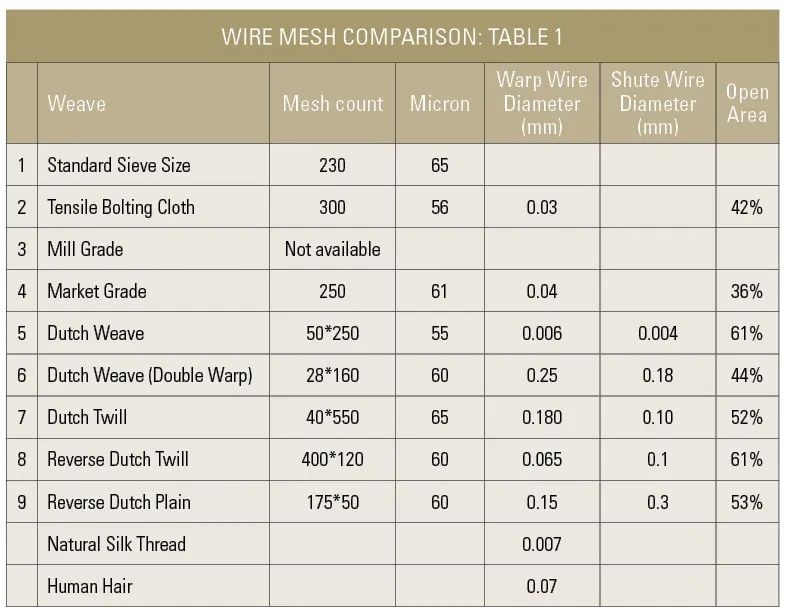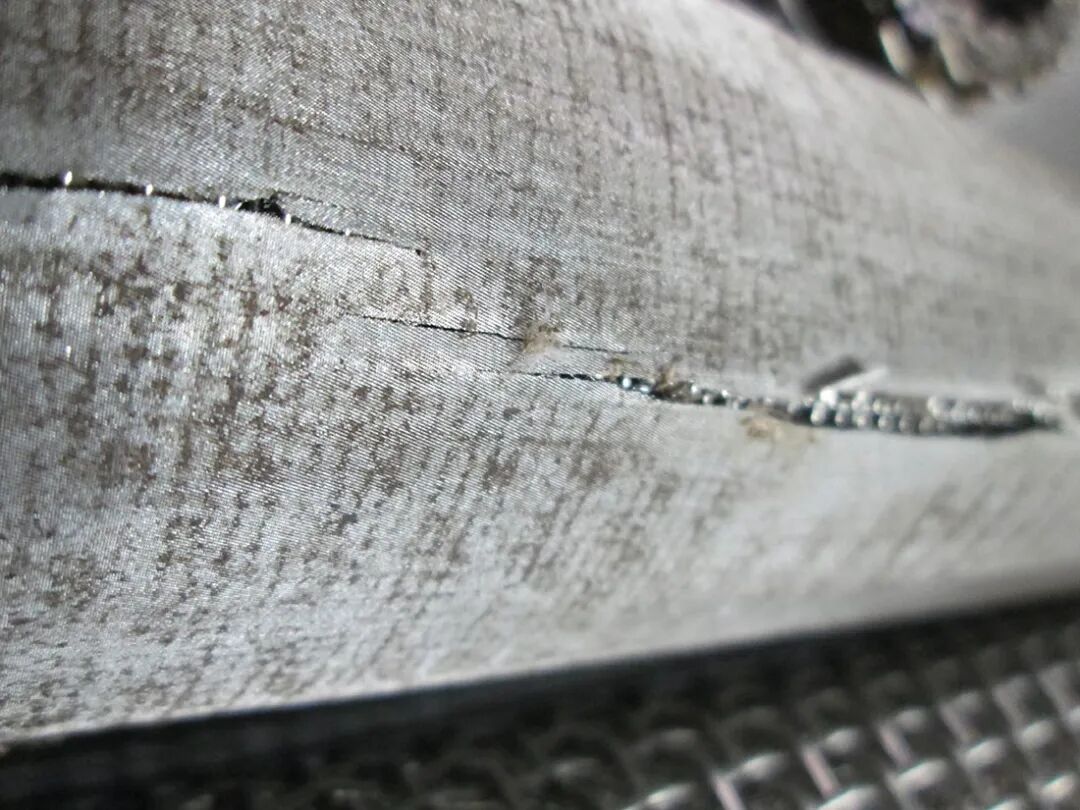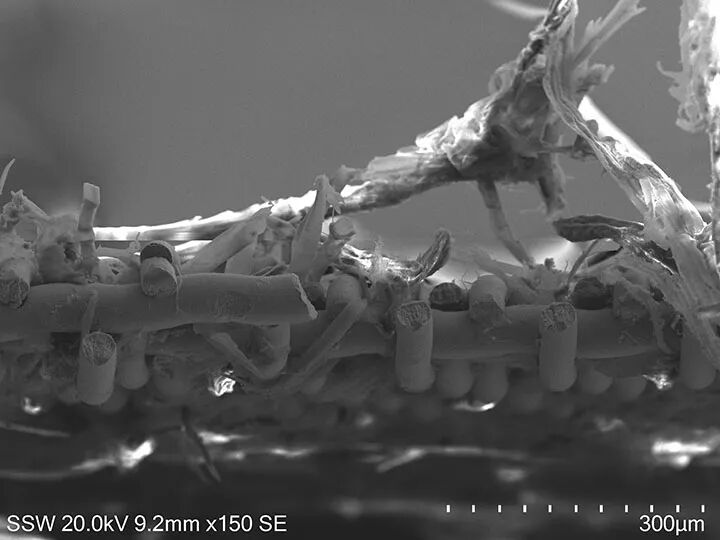Executive Summary
Selecting wire mesh for filtration involves far more than micron ratings. This article examines critical durability, manufacturability, and operational factors through a 60-micron case study. We compare nine mesh weaves, analyze failure modes under pressure cycling, and provide guidelines for balancing performance with production realities.
The Micron Rating Fallacy
While 60-micron retention is a common specification target, nine distinct weave types meet this requirement with dramatically different characteristics:
| Weave Type | Relative Strength | Open Area % | Filtration Efficiency |
|---|
| Plain/Square | Low | High | Standard |
| Twilled | Medium | Medium | Improved |
| Dutch Plain Weave | High | Low | Excellent |
| Dutch Twill Weave | Very High | Very Low | Superior |
| 5 Specialty Weaves | Variable | Variable | Application-Specific |

The Durability Tradeoff Matrix
Four critical pressure-related failure modes dictate mesh selection:
| Failure Mode | Cause | Prevention Strategy |
|---|
| Burst Failure | ΔP > Burst Pressure | Overspecify burst strength by 50% |
| Bypass Leakage | ΔP > Valve Setting | Install dual safety valves |
| Work-Hardening Fractures | Pressure Cycling | Avoid unsupported spans |
| Edge Degradation | Cleaning/Handling Damage | Reinforce perimeter welds |

Critical Failure Mechanisms:
1.
Pressure Cycling Damage:


2.Handling Degradation:
•78% of premature failures originate during cleaning
•Edge reinforcement reduces replacement frequency by 40%
Manufacturability Constraints
Converting mesh into functional filters introduces production challenges:
Forming Limitations
| Process | Compatible Weaves | Risk Factors |
|---|
| Pleating | Plain/Twilled Only | Dutch weaves crack at bends |
| Welding | >80μm Wire Diameter | Thin meshes melt through |
| Sintering | Monolayer Only | Laminates delaminate |
| Crimping | All Types | Open area distortion >15% |
Industry Best Practices1.Design Philosophy Shift
2.Manufacturing Partnerships
3.Supply Chain Strategy








